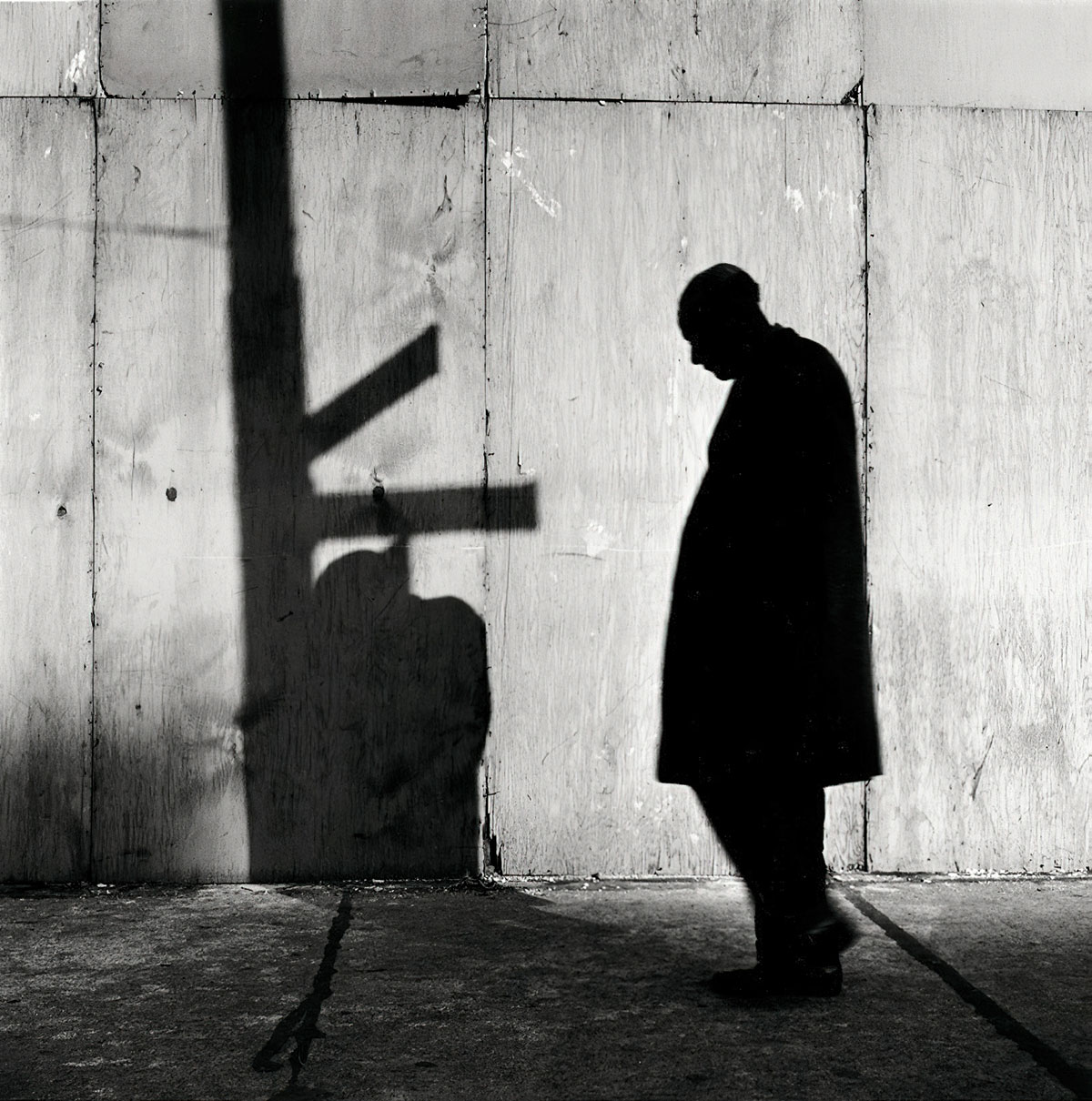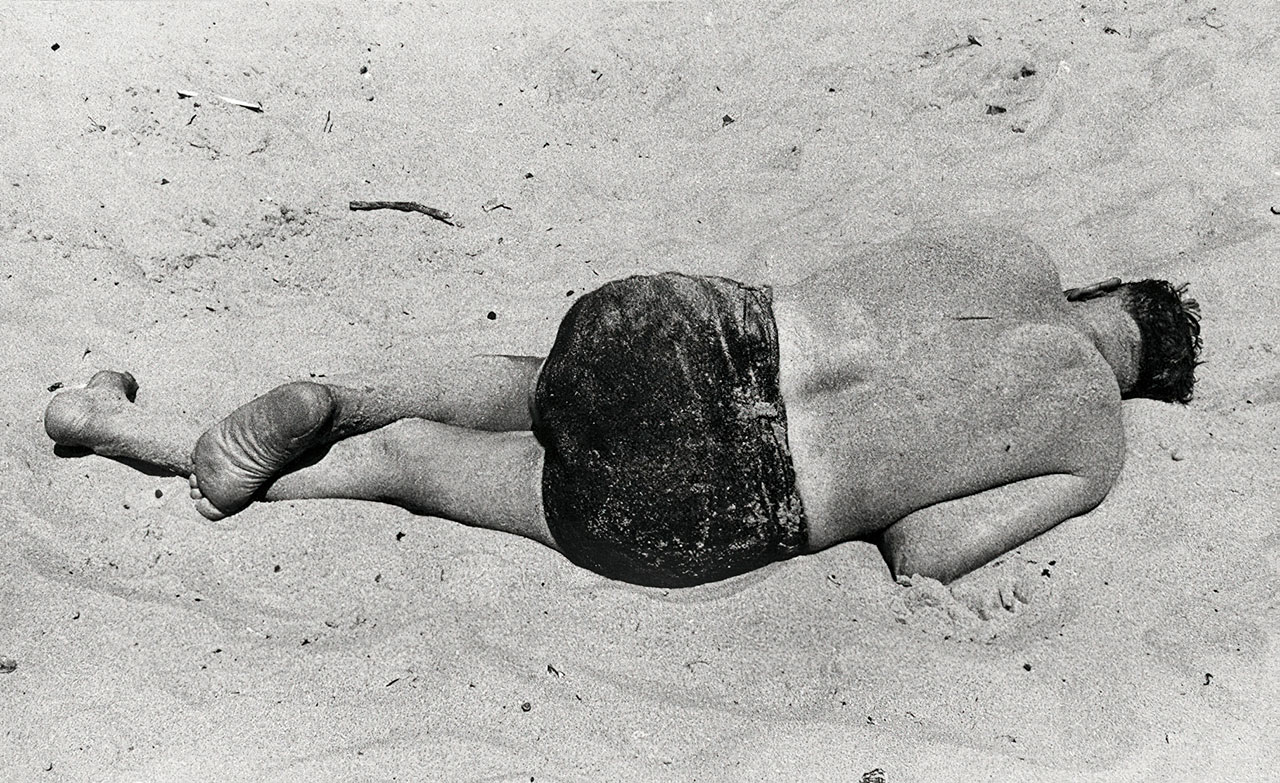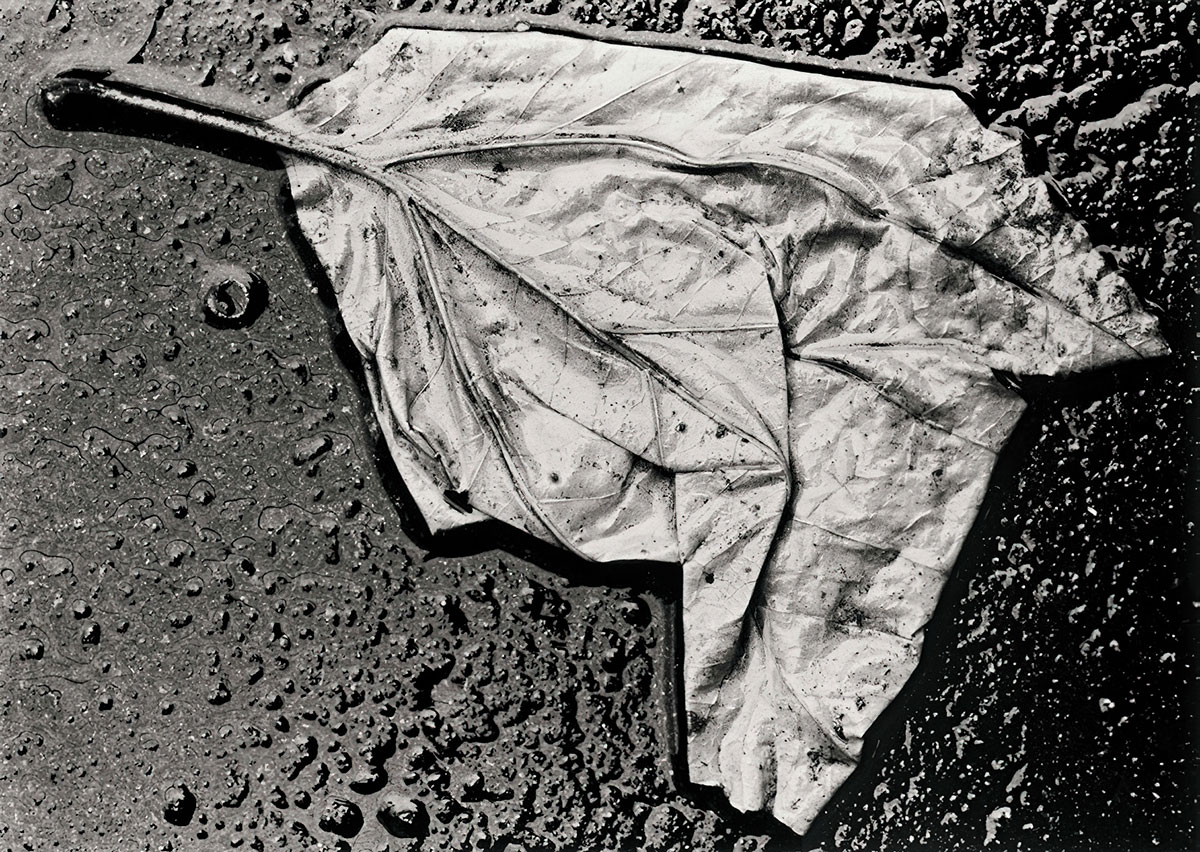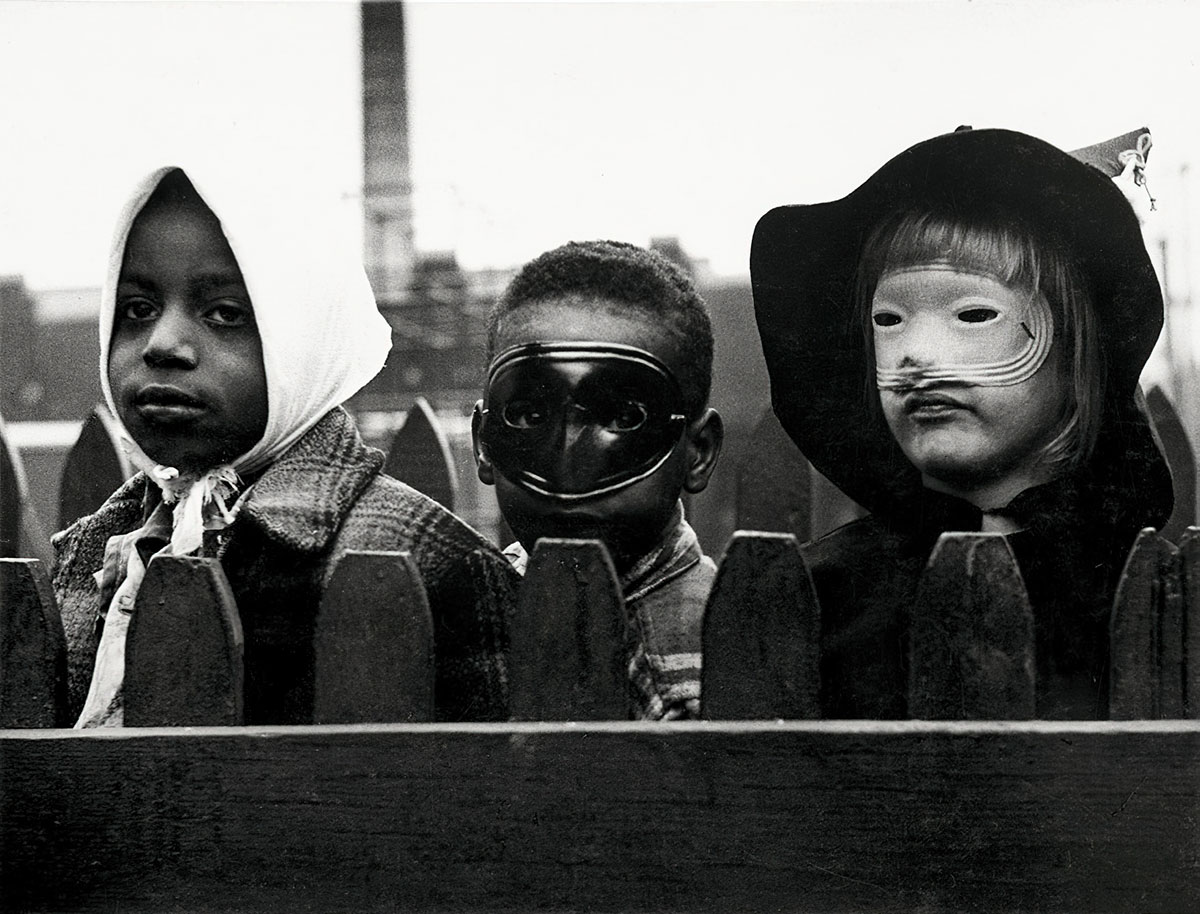PHOTO: Yasuhiro Ishimoto-Lines And Bodies
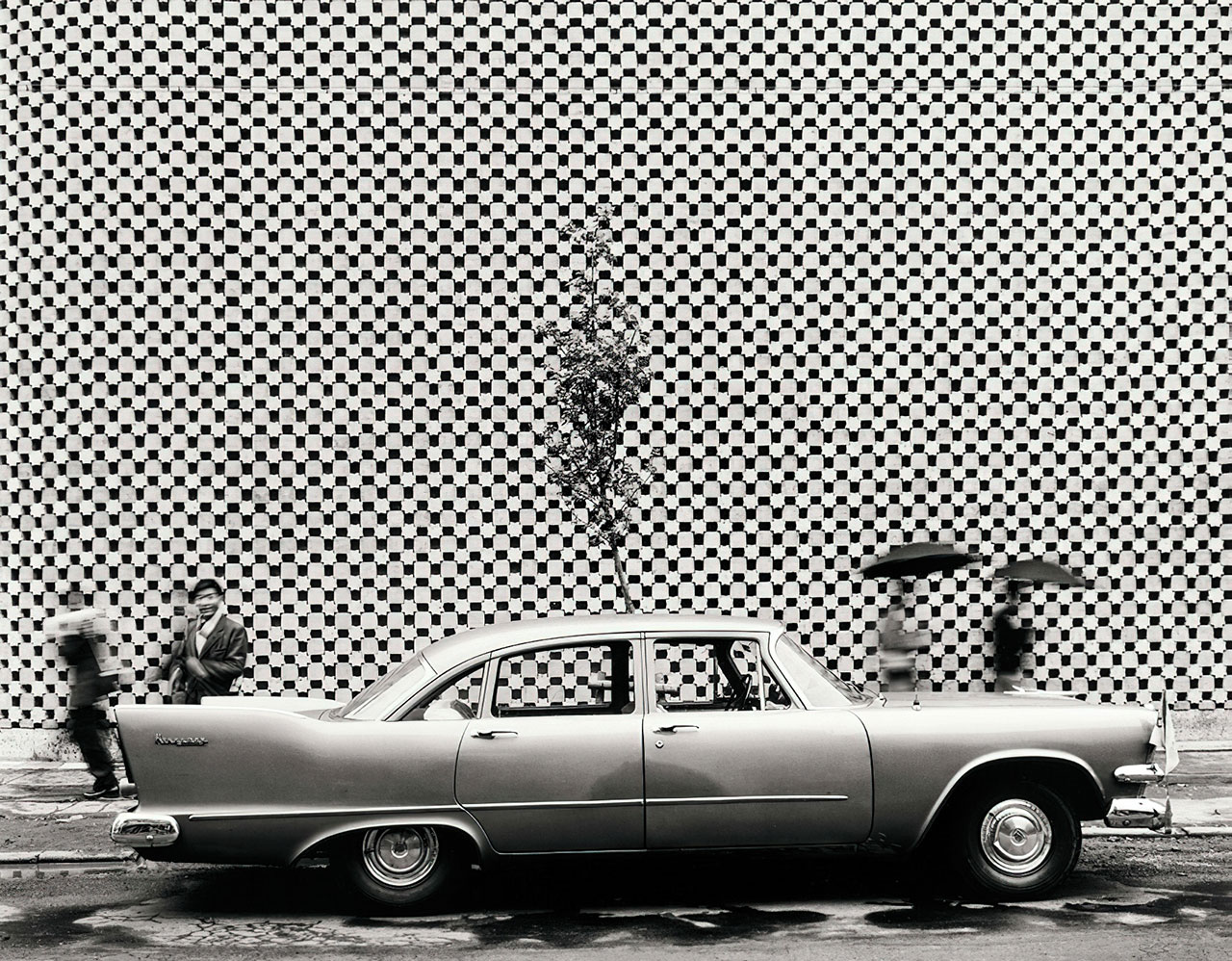 A key figure of the post-war period of photography, who has been active both in Japan and the United States, Yasuhiro Ishimoto was considered “visually bilingual” for his ability to combine the formal approach of the New Bauhaus with the essence of Japanese aesthetics, while maintaining a critical view on the social issues of his time.
A key figure of the post-war period of photography, who has been active both in Japan and the United States, Yasuhiro Ishimoto was considered “visually bilingual” for his ability to combine the formal approach of the New Bauhaus with the essence of Japanese aesthetics, while maintaining a critical view on the social issues of his time.
By Dimitris Lempesis
Photo: LE BAL Archive
For the first time in Europe, the exhibition, “Lines And Bodies” gathers 169 original prints mostly vintages. The exhibition focuses on the early decades of Ishimoto’s work, between Chicago and Japan. A key figure of the post-war period, Ishimoto was considered “visually bilingual” for his ability to combine the formal approach of the New Bauhaus with the essence of Japanese aesthetics, while maintaining a critical view on the social issues of his time. This unique alchemy is the result of an extraordinary life experience: Yasuhiro Ishimoto was born into a Japanese immigrant farming family in San Francisco, California. During World War II, he was interned in Camp Amache, a concentration camp for Japanese Americans in Colorado, where he was first exposed to photography. After the war, in 1948, he entered the Institute of Design (ID), a design school in Chicago that followed in the footsteps of Bauhaus, and began his career as a photographer under the tutelage of Aaron Siskind, Harry Callahan, and others. At the Institute of Design from 1948 to 1952, it was the innovative pedagogical precepts of the Bauhaus that sharpened Ishimoto’s as yet unrefined visual sensibility: “Teaching at the New Bauhaus was very unorthodox. Even before I could pick up a camera, I was given a thorough training in basic drawing skills, starting with rough sketches. Working with point and lines and the texture of surface and light went on day after day. I wondered when they were going to teach me how to take photographs. This basic training lasted two years.” The overriding teaching principles that Moholy-Nagy had brought from the German Bauhaus to Chicago were a willingness to experiment, to find beauty in everyday objects, and to seek out a poetics of modernity. Became head of the Photography Department at the ID in 1949, Callahan broke with standard practice by moving the coursework exercises out of the studio and to the streets. Ishimoto took each instruction as a pretext for placing street signs in his images, not as evidence of the substance of things, but as indicators of an ethereal grace hovering over them. By accentuating the contrast between black and white and highlighting mass and angularity, the documentary reality of his subjects was distorted in favor of expressiveness. What Ishimoto gave us was an experience, condensed into a single image, of his own involvement with the world. In 1953, Ishimoto returned to Japan after having been away for fourteen years. It was then that he first photographed the Katsura Imperial Villa in Kyoto, an architectural treasure of ancient Japan completed in the seventeenth century (at the same time as the Château de Versailles). Ishimoto recalls, “I was fascinated by the almost monochrome interplay of the white rectangles of the shoji [panels] and the grid formed by the dark lines of the pillars. Here I found the primary elements of Chicago architecture. I had discovered my vocation while contemplating the pure geometry of Mies van der Rohe’s buildings in Chicago. It was a moving experience to find in the classical architecture of my homeland, not just echoes of modernist architecture, but the very source of it.” In 1958, he published “Someday Somewhere”, his first photo book that captured the people and scenes of Chicago and Tokyo, which breathed new life into the postwar Japanese art world. He continued to base himself in Tokyo after that, leaving behind a body of work that, based on the rigorous sense of aesthetics nurtured at ID, presented a unique perspective on subjects such as Japanese traditional beauty as exemplified by the Ryokai Mandalas and Ise Jingu shrine, urban landscapes, portraits, the sky, and water. Ishimoto’s achievements, which went beyond photography to become deeply involved in postwar international trends in design, architecture, and other fields, have received wide recognition as demonstrated by his selection as a Person of Cultural Merit by the Japanese government.
Photo: Ishimoto Yasuhiro, Tokyo, Town, c. 1957, gelatin silver print, © Kochi Prefecture, Ishimoto Yasuhiro Photo Center
Info: Curators: Diane Dufour and Mei Asakura, LE BAL, 6 impasse de la Défense, Paris, France, Duration: 19/6-17/11/2024, Days & Hours: Wed 12:00-20:00, Thu-Sun 12:00-19:00, www.le-bal.fr





